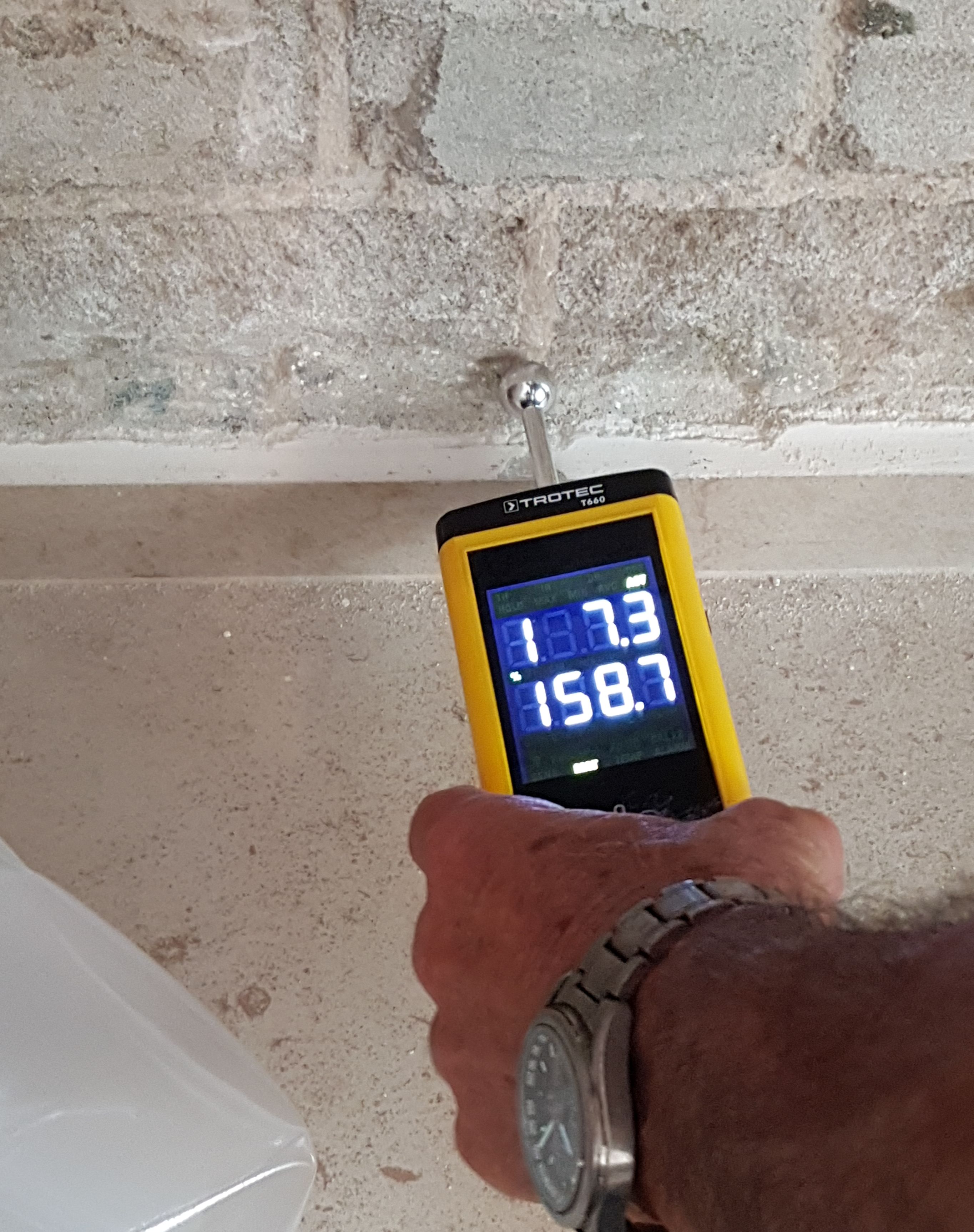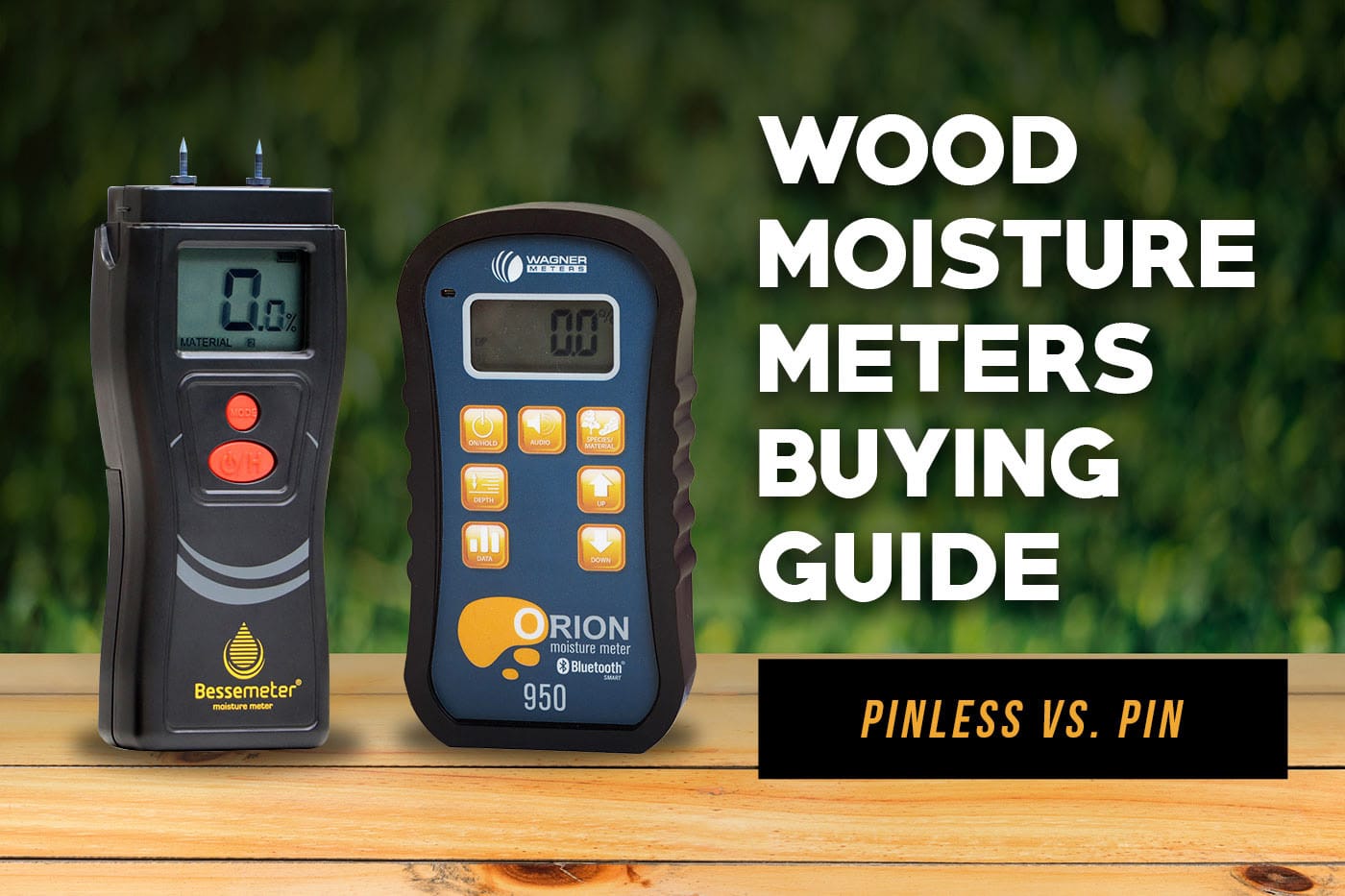Explore the World of Moisture Meters: Everything You Required to Know
In the world of moisture meters lies a globe of accuracy and practicality that commonly goes unnoticed. These tools, while seemingly simple, hold a wealth of information that can significantly influence numerous markets and applications. Understanding just how moisture meters operate, the different kinds readily available, and their varied uses can clarify their relevance in making sure high quality and performance. By checking out the complexities of moisture meters, one can reveal an important device that goes beyond mere dimension, offering insights that can make a substantial distinction in various areas.
How Moisture Meters Work
Moisture meters run by gauging the electrical conductivity or capacitance of products to determine the wetness web content present. These meters are vital tools across numerous industries, including construction, woodworking, and agriculture. By using various approaches such as pin-type or pinless innovation, dampness meters provide accurate readings that aid specialists make informed decisions.
Pin-type moisture meters work by inserting the sharp pins right into the product being evaluated. On the other hand, pinless moisture meters use electromagnetic signals to check a bigger location without triggering any damage to the product's surface area.
Despite the technique used, moisture meters play an important function in stopping issues such as mold development, structural damage, or product issues created by excess wetness. Understanding just how these meters job is necessary for guaranteeing the quality and honesty of products in different applications.
Kinds Of Moisture Meters
Offered the important role dampness meters play in different industries, it is essential to comprehend the different kinds offered to professionals for precisely evaluating dampness degrees - Moisture Meter. There are primarily 2 primary kinds of wetness meters: pin-type and pinless dampness meters

On the various other hand, pinless moisture meters make use of electromagnetic sensing unit plates to scan a bigger area of the product without causing any kind of damage. This kind appropriates for promptly scanning big locations and is frequently used for flooring, wall surfaces, and ceilings. Pinless meters are practical for taking analyses on finished surface areas without leaving any visible marks.
Both sorts of moisture meters have their benefits and are chosen based on the certain needs of the task handy. Understanding the distinctions in between these types is vital for professionals to make precise dampness assessments.
Applications Throughout Industries
Construction experts depend on moisture meters to evaluate the dampness levels in structure materials like drywall, concrete, and timber, which is vital for maintaining architectural integrity and protecting against problems like rot or mold and mildew. The flooring sector uses dampness meters to determine the dampness content in subfloors prior to installing different flooring coverings, more stopping costly damages due to excess dampness. In the food industry, wetness meters are made use of to keep track of and regulate moisture levels in products such as grains, nuts, and dried out fruits to maintain freshness and high quality.
Tips for Making Use Of Moisture Meters
Make use of the moisture meter's calibration settings to ensure accurate readings when measuring the wetness web content in numerous products. In addition, make certain the meter is established to the proper dampness array for the product you are gauging to acquire the most accurate results.
When utilizing a pin-type dampness meter, place the pins to the proper depth recommended for the product being tested. This ensures that the moisture analyses are taken from the proper depth within the material, providing a more precise representation of its wetness web content. For pinless moisture meters, bear in mind to maintain proper contact with the material's surface to obtain trusted analyses.
Consistently inspect and replace the batteries in your dampness meter to avoid inaccurate analyses due to reduced power. When not in use to lengthen its lifespan and preserve its precision, Store the meter in a completely dry and safe location. By adhering to these suggestions, you can make the most of the efficiency of your moisture meter and acquire specific dampness material dimensions across different products.
Upkeep and Calibration
To make sure the precision of wetness material dimensions, normal upkeep and calibration of the dampness meter are essential actions in great post to read its correct performance. Calibration readjusts the dampness meter to make certain that it gives regular and reliable results.
Calibration needs to be done periodically, specifically if the wetness meter is made use of frequently or in essential applications where specific measurements are called for. By adjusting the wetness and maintaining meter regularly, customers can trust the precision of the moisture web content measurements gotten.
Final Thought

To conclude, moisture meters play a vital role in different sectors by accurately determining the dampness content of materials. Comprehending just how these devices work, the various kinds readily available, and appropriate upkeep and calibration are necessary for getting reputable outcomes. Whether in farming, construction, or manufacturing, the use of wetness meters aids ensure quality assurance and effectiveness in procedures.

In final thought, moisture meters play an important site web function in different industries by accurately gauging the dampness material of materials.
Comments on “Top 10 Advantages of Using a Moisture Meter for Accurate Measurements in Your Home”